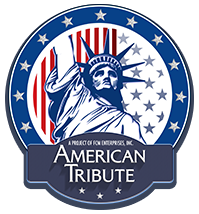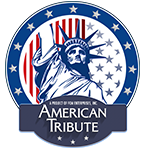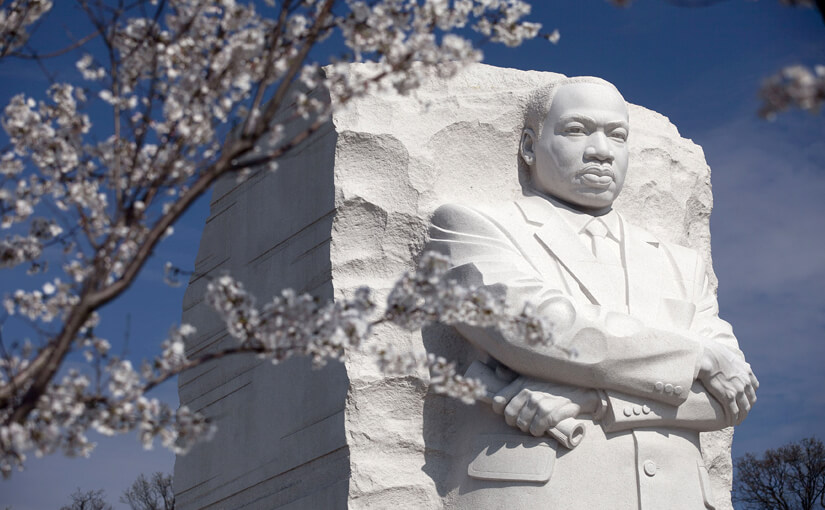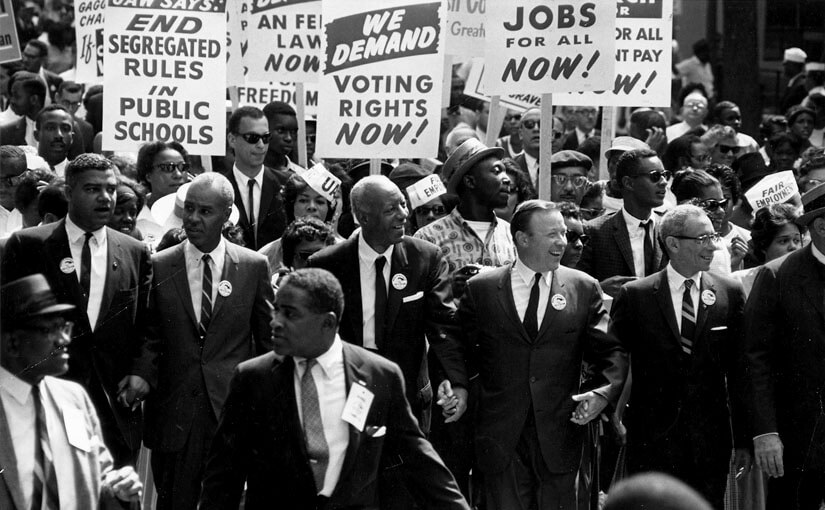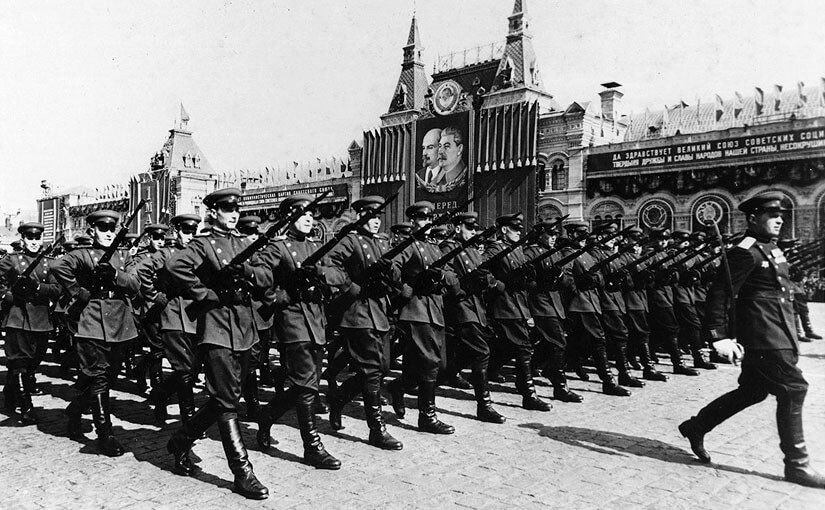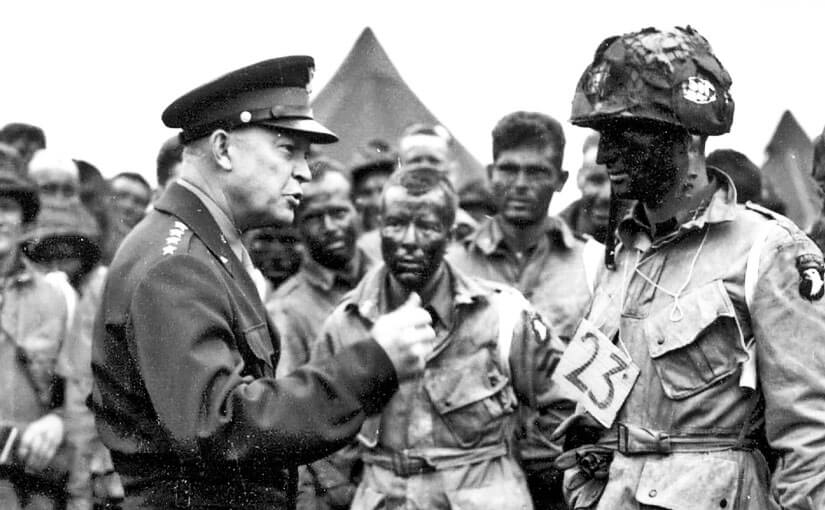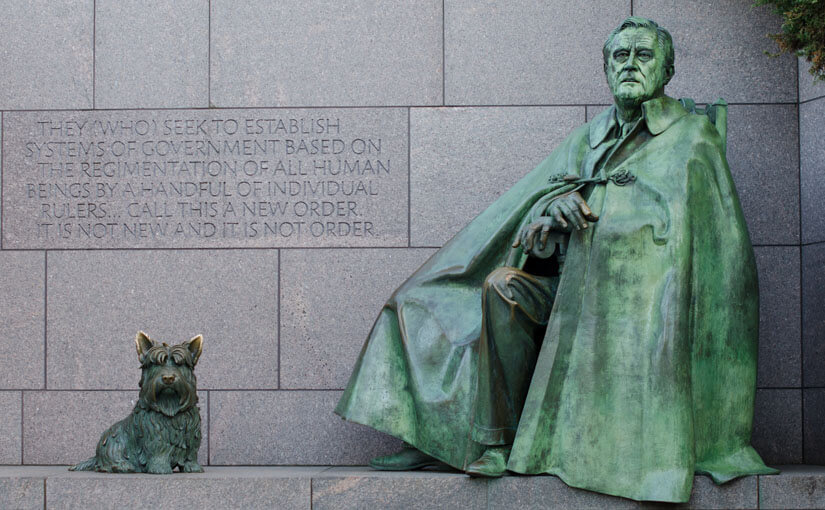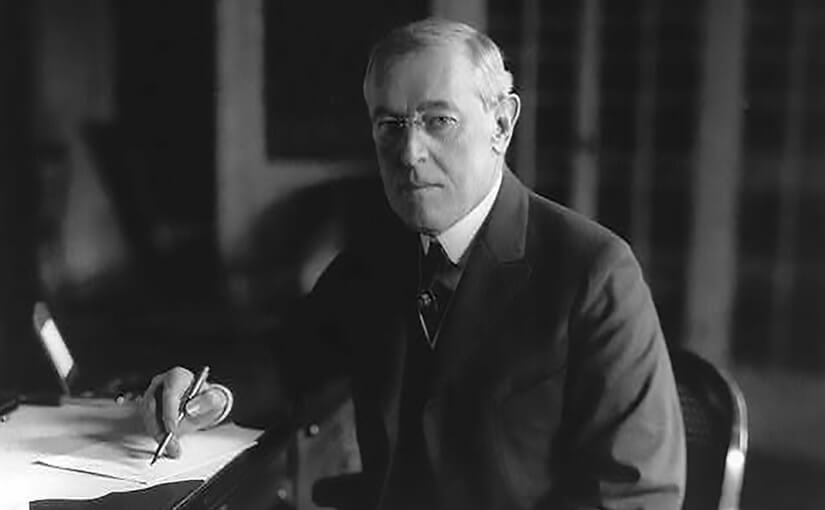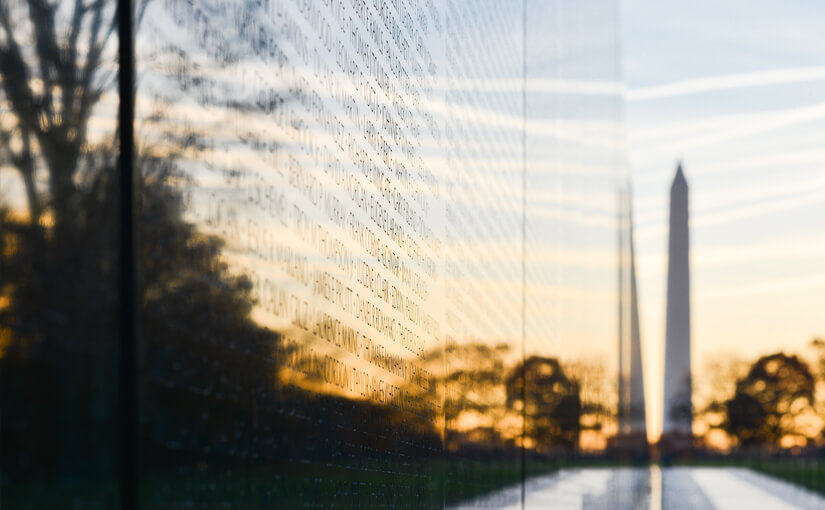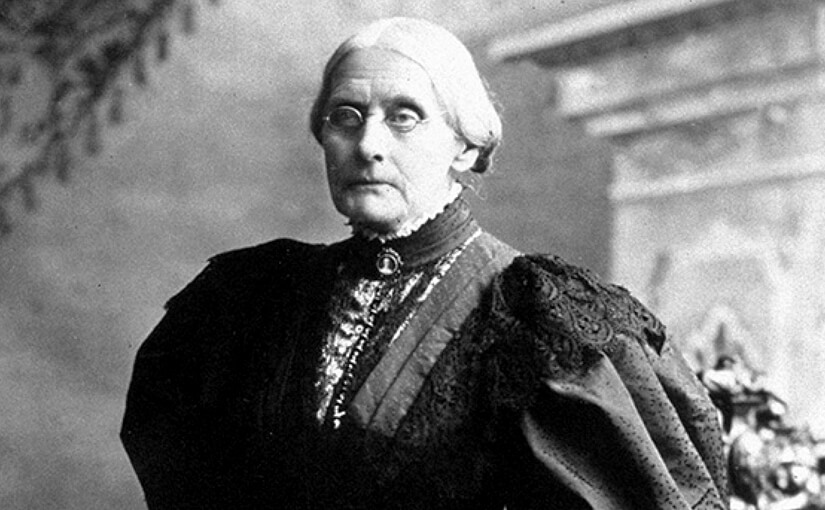- Fought for civil rights
- Worked for equality for all Americans
Martin Luther King, Jr. was a Baptist minister and civil rights leader. He worked hard to make America a more fair, tolerant, and equal nation. He was the main leader of the civil rights movement of the 1950s and 1960s.
Because of this movement, civil rights laws were passed to protect voting rights and end racial segregation. King believed in the ideals of the Declaration of Independence—that every citizen deserves America’s promise of equality and justice. In 1963,
King delivered his famous “I Have a Dream” speech, which imagines an America in which people of all races exist together equally. He was only 35 years old when he received the Nobel Peace Prize in 1964 for his civil rights work. King was killed on April 4, 1968.
** As you prepare for U.S. citizenship, Learn About the United States: Quick Civics Lessons will help you study for the civics and English portions of the naturalization interview. There are 100 civics (history and government) questions on the naturalization test.
During your naturalization interview, you will be asked up to 10 questions from the list of 100 questions. You must answer correctly six (6) of the 10 questions to pass the civics test.
